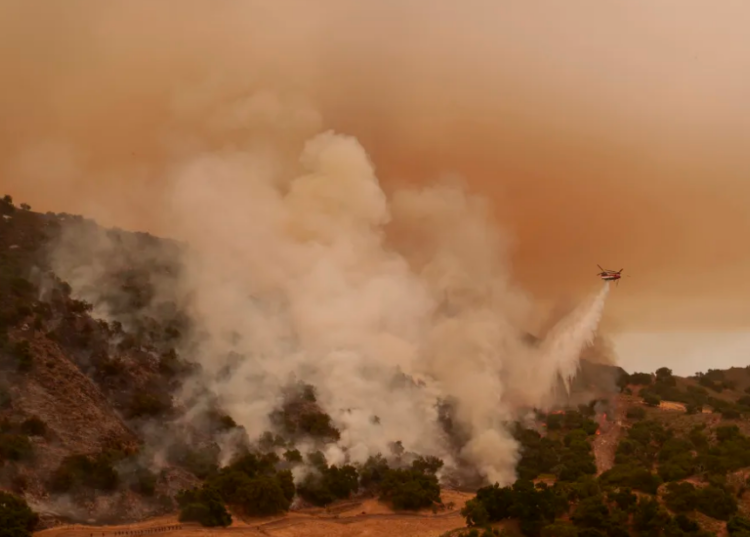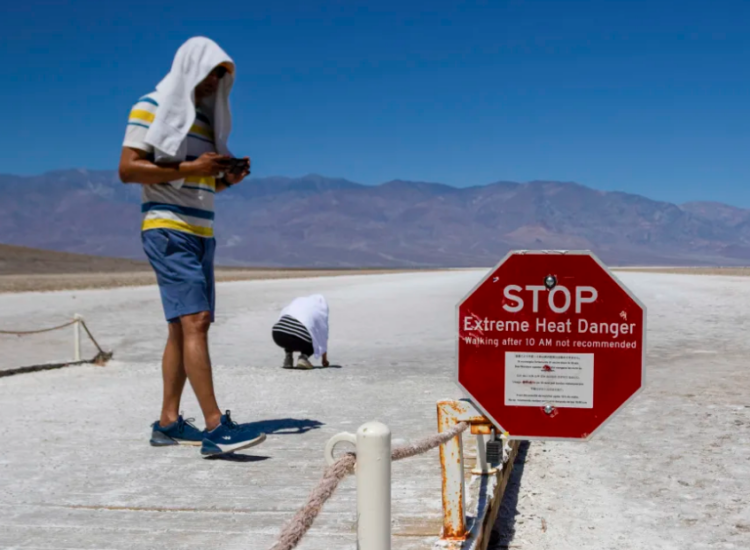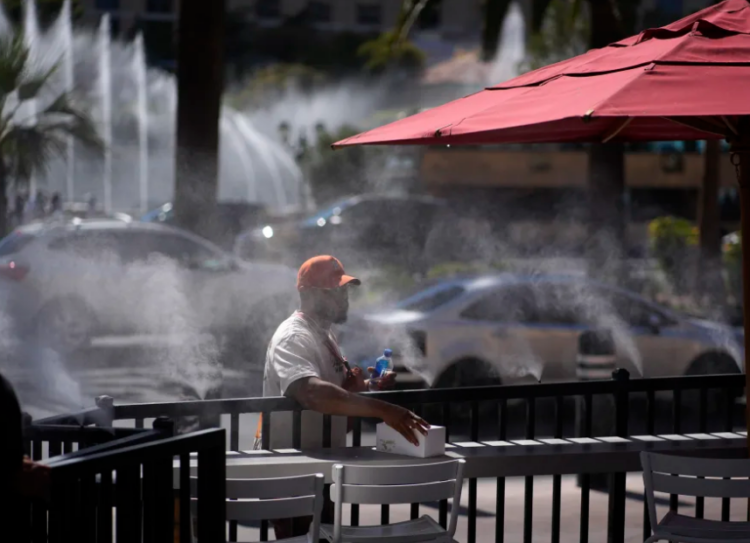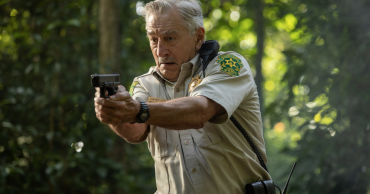A long-running heat wave has shattered records across the U.S., particularly affecting the West with dangerous temperatures. On Sunday, parts of Northern California saw temperatures surpassing 110 degrees, with the city of Redding hitting a record 119 degrees. Phoenix also set a new daily record with a low of 92 degrees. The severe heat has led to numerous health incidents, including the death of a motorcyclist in Death Valley, where temperatures reached 128 degrees.
The National Weather Service issued an excessive heat warning for about 36 million people, emphasizing the potential for severe health risks. This intense heat wave has not only impacted daily life but has also posed significant challenges for emergency services, particularly in regions like Death Valley where high temperatures prevented medical helicopters from operating safely. Communities across the affected areas are urged to take precautions and stay hydrated as the extreme weather persists.
Record-Breaking Temperatures Across the West
In Northern California, temperatures soared past 110 degrees, setting new records. The city of Redding experienced an unprecedented 119 degrees, highlighting the severity of the heat wave. Phoenix, Arizona, also faced extreme conditions, with a low temperature of 92 degrees, marking a new daily record. These soaring temperatures illustrate the exceptional nature of this heat wave, which has surpassed many previous records and posed significant challenges to the residents of these areas.
Heat-Related Incidents and Fatalities

The intense heat has led to multiple heat-related incidents. A motorcyclist in Death Valley succumbed to heat exposure, and another was hospitalized. The extreme temperatures in Death Valley, which reached 128 degrees, made it impossible for emergency medical helicopters to operate safely. Arizona’s Maricopa County has reported at least 13 confirmed heat-related deaths this year, with more under investigation. These incidents underscore the deadly impact of the heat wave and the urgent need for residents to take protective measures.
Public Reactions and Safety Measures

Authorities have issued strong warnings to the public to stay hydrated and avoid prolonged sun exposure. Despite the dangers, some individuals, like Chris Kinsel, have ventured out to experience the extreme heat. Kinsel, who visited Death Valley’s Badwater Basin from Las Vegas, described it as a “bucket list” experience. Similarly, Tracy Housley, a visitor from Manchester, England, drove to Death Valley to witness the record-setting temperatures firsthand. Officials continue to stress the importance of safety and caution during these unprecedented temperatures, urging the public to remain vigilant and take all necessary precautions.
Wildfires and Environmental Impact
California crews are battling multiple wildfires exacerbated by the high temperatures and low humidity. The Lake Fire in Santa Barbara County has burned over 25 square miles, prompting evacuation orders. The fire, which started on Friday, continues to grow and poses significant challenges to firefighters. The extreme weather conditions are fueling these fires, making containment efforts more difficult and highlighting the broader environmental impacts of the heat wave. Other areas in the state are also on high alert for potential wildfires as the heat wave persists.
Impact on Eastern States

While the West has faced record-breaking temperatures, the heat wave has also impacted the East Coast with high temperatures and humidity. Cities like Baltimore have experienced temperatures above 100 degrees, prompting the National Weather Service to advise residents to drink plenty of fluids, stay in air-conditioned rooms, and avoid the sun. These conditions have led to increased health risks, particularly for vulnerable populations such as young children and the elderly. The widespread nature of the heat wave has emphasized the need for national awareness and preparedness.
Future Forecast and Precautions
Looking ahead, the forecast predicts continued extreme temperatures, with areas like Furnace Creek in Death Valley potentially reaching 130 degrees. The National Weather Service warns that these conditions will persist throughout the week, urging residents to remain cautious and take all necessary precautions to protect themselves from the heat. The importance of staying informed and prepared cannot be overstated, as the heat wave continues to pose significant risks to health and safety across the affected regions.
 Follow Us
Follow Us




